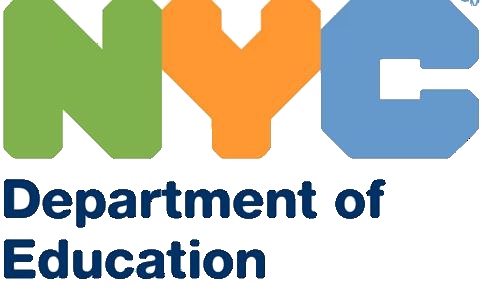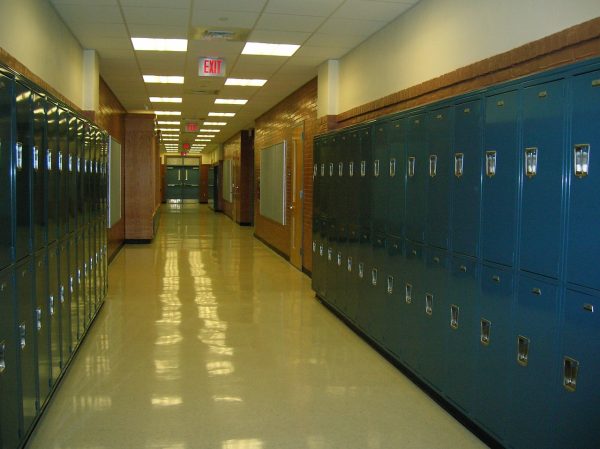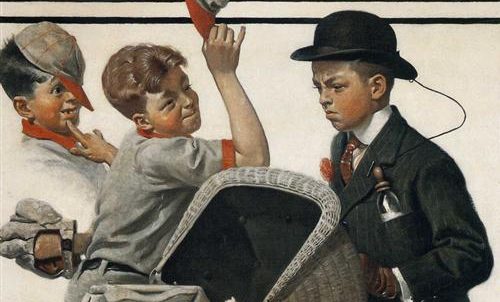How’d New York City’s Educational System Develop?

Between 1820 and 1865 the United States was experiencing an era of reform, the goal was a social movement to purify individual and social behavior. The reform movement sought to help individuals to better functions in an encroaching and complicated society. The “common schools” were a major part of the reform movement.
In 1805, a group of Quakers, a collective branch of the Protestant religion, organized the Free School Society. It was designed to provide education to children whose parents could not afford it, or to children who were not all that poor, to receive charitable schooling from a church community. At that time, the Quakers primarily occupied Pennsylvania and a few groups were spread out in other Northeastern states. By 1825, the Free School Society in New York became recognized as the Public School Society and received the city’s entire state school aid. By act of the New York State Legislature, in 1853, authority was passed to the Board of Educataion.
The Quaker’s methods of education were associated with the Protestant religion. The Quakers followed the instructions of Joseph Lancaster, an English public school innovator. Lancaster was one of the leading education reformers in England, during the societal reformation. He sought to better the school system by providing requirements to all details. Lancaster described the subjects needed to be taught and the specifications of classroom appearances needed to optimize the learning experience.
The Protestant influence over education, during the mid 1800s, was opposed by the Catholics in New York City. By the end of the 19th century, a large Catholic school system provided an alternative for Catholics.
In 1898, New York City remained a growing metropolis. The city established more public schools and provided public high schools throughout the five boroughs. Each borough took control of their educational system independently, until a city charter in 1902 established a single school board, under the mayor’s approval. The city’s educational system was finally a joint board of regulators, who were responsible for providing for the next generation of educated youths.
A study performed in 1933 by the New York State Education Department found that the New York City school system had numerous flaws and surprising counts of corruption in its administration. The financial corruption grew out of control, until a Commission in 1969-1972 called for a complete state regulation of the public school’s financial offices. Mayoral control shifted to the Board of Education during this period. However, former Mayor Bloomberg reestablished mayoral control during his first term.
The names have changed over the years from the Public School Society, the Department of Public Instruction, the Board of Education, to today’s the New York City Department of Education. Our Department of Education is the largest public school systems in the United States. The DOE spends an annual budget of $24 billion on about 1.1 million students, educated by 75,000 teachers, enrolled in 1,800 schools throughout the five boroughs. The power now lies with Mayor Bill de Blasio and new Chancellor Carmen Farina. The Mayor’s current focus is on creating universal pre-K, strong after school programs, and settling a contract with the UFT.










